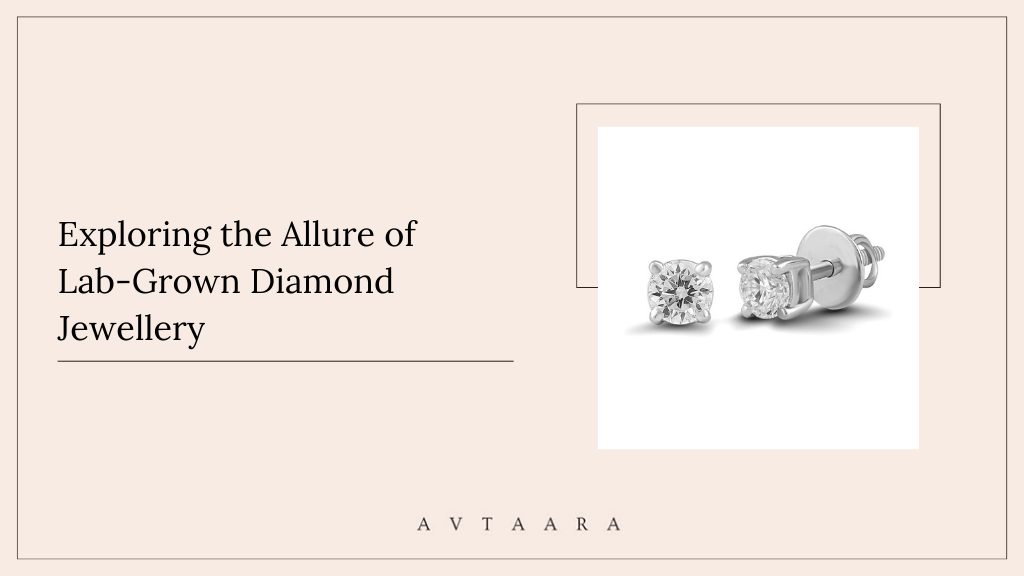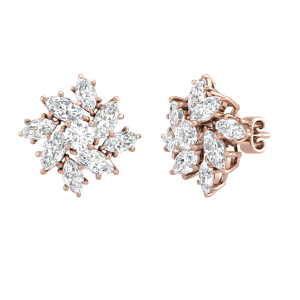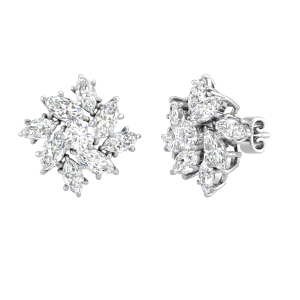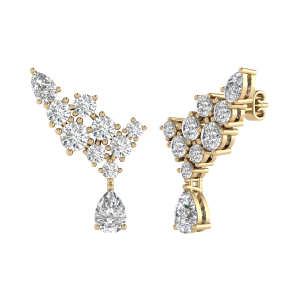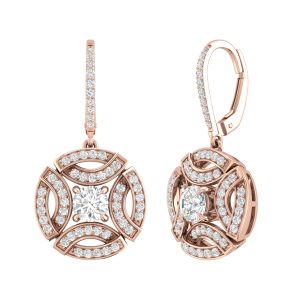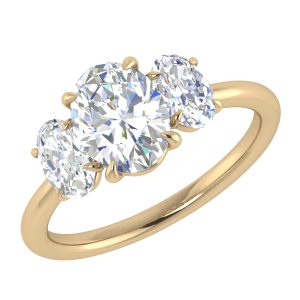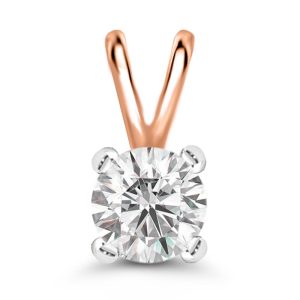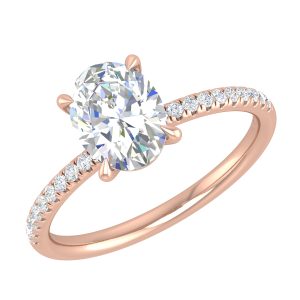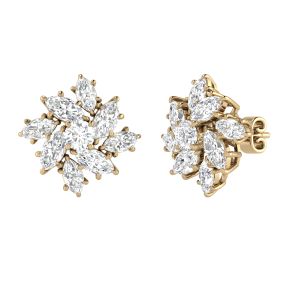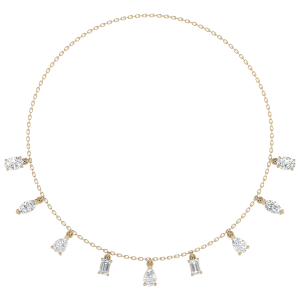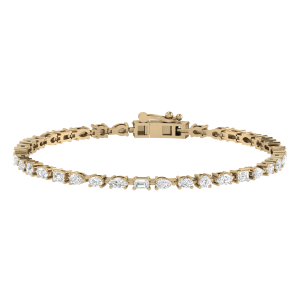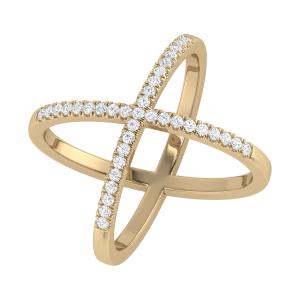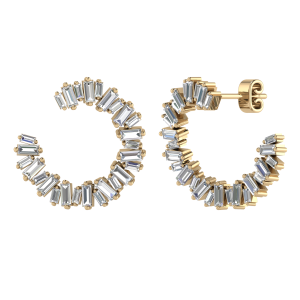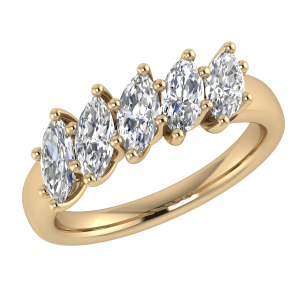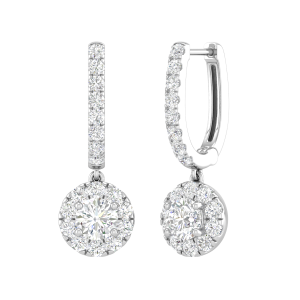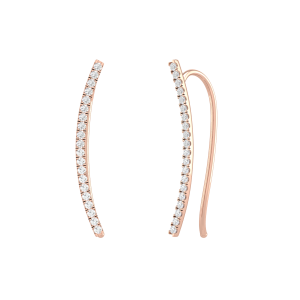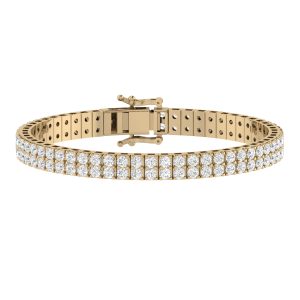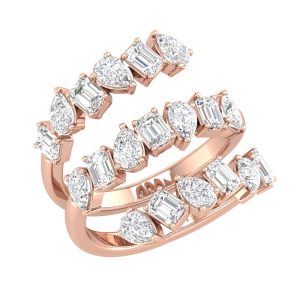Lab-grown diamond jewellery has captured the attention and fascination of consumers around the world. With increasing concerns about the environmental impact and ethical concerns associated with traditional diamond mining, lab-grown diamonds offer a sustainable and responsible alternative. In this article, we will delve into the various aspects that make lab-grown diamond jewellery so alluring.
Understanding Lab-Grown Diamonds
Before we explore the allure of lab-grown diamond jewellery, it is important to understand what exactly lab-grown diamonds are. Unlike natural diamonds, which are formed deep within the earth’s mantle over millions of years, lab-grown diamonds are created in a controlled laboratory environment. They possess the same physical and chemical properties as natural diamonds, making them indistinguishable to the naked eye.
The Science Behind Lab-Grown Diamonds
Lab-grown diamonds are produced using two primary methods: high pressure, high temperature (HPHT) and chemical vapor deposition (CVD). In the HPHT method, a small diamond seed is placed in a chamber where high pressure and temperature cause carbon atoms to bond together, forming a larger diamond crystal. In the CVD method, a carbon-rich gas is heated, and the carbon atoms are then deposited onto a diamond seed, gradually growing a diamond layer.
How Lab-Grown Diamonds Compare to Natural Ones
Lab-grown diamonds have several advantages over their natural counterparts. Firstly, they are free from the ethical concerns associated with traditional diamond mining. Natural diamonds, often referred to as “blood diamonds,” can be linked to human rights abuses and environmental damage. Lab-grown diamonds, on the other hand, are created in a controlled environment, eliminating these concerns.
Additionally, lab-grown diamonds are more affordable than their natural counterparts. The cost of mining natural diamonds is extensive, whereas lab-grown diamonds can be produced more efficiently, resulting in lower prices for consumers.
But let’s delve deeper into the science behind lab-grown diamonds. The high pressure, high temperature (HPHT) method involves recreating the intense conditions found deep within the earth’s mantle. In this process, a small diamond seed is placed in a chamber where it is subjected to extreme pressure and temperature. This causes the carbon atoms to rearrange and bond together, forming a larger diamond crystal. It’s fascinating to think that scientists have found a way to replicate the natural diamond formation process in a controlled environment.
On the other hand, the chemical vapor deposition (CVD) method takes a different approach. In this method, a diamond seed is placed in a chamber filled with a carbon-rich gas. The chamber is then heated, causing the carbon atoms in the gas to break apart and deposit onto the diamond seed. Over time, layer by layer, the diamond grows. It’s truly remarkable how scientists have mastered the art of growing diamonds from scratch.
When it comes to comparing lab-grown diamonds to natural ones, it’s not just about ethics and affordability. Lab-grown diamonds also offer greater consistency in terms of quality and color. Natural diamonds can vary greatly in these aspects, but lab-grown diamonds can be produced with specific characteristics in mind. This means that consumers can have more control over the diamond they choose, ensuring that it meets their desired specifications.
Furthermore, lab-grown diamonds are more environmentally friendly. Traditional diamond mining involves extensive land excavation and can cause significant damage to ecosystems. Lab-grown diamonds, on the other hand, have a smaller carbon footprint and reduce the need for mining, making them a more sustainable choice.
So, whether you’re drawn to lab-grown diamonds for their ethical appeal, affordability, or the fascinating science behind their creation, there’s no denying their growing popularity in the world of jewellery. As technology continues to advance, we can expect even more exciting developments in the realm of lab-grown diamonds.
The Appeal of Lab-Grown Diamond Jewellery
Lab-grown diamond jewellery has gained popularity not only for its ethical advantages but also for its affordability. Let’s explore these aspects further.
Lab-grown diamonds are created in controlled environments using advanced technological processes that replicate the natural diamond-growing conditions deep within the Earth’s mantle. These diamonds have the same physical, chemical, and optical properties as natural diamonds, making them indistinguishable to the naked eye. The precision and consistency of lab-grown diamonds ensure that each stone is of high quality, with fewer imperfections compared to some natural diamonds.
The Ethical Advantage of Lab-Grown Diamonds
The mining of natural diamonds has had a historically negative impact on both the environment and the communities in which they are extracted. Lab-grown diamonds offer an ethical alternative, as they reduce the demand for mining, thus minimizing damage to ecosystems and preventing human rights abuses. Additionally, the production of lab-grown diamonds eliminates the potential for conflict diamonds, also known as blood diamonds, which are mined in war zones and sold to finance armed conflict against governments.
The Affordability Factor
Lab-grown diamonds provide an opportunity for consumers to own stunning diamond jewellery at a fraction of the cost. With lower production costs and a more efficient manufacturing process, lab-grown diamonds are significantly more affordable than natural diamonds. This affordability factor opens the door for a wider range of consumers to experience the luxury and beauty of diamond jewellery without breaking the bank.
Furthermore, the traceability of lab-grown diamonds ensures transparency in the supply chain, allowing consumers to know the exact origin of their diamond and verify its ethical and environmental credentials. This transparency builds trust and confidence among buyers, knowing that their purchase supports sustainable practices and responsible sourcing.
The Quality and Durability of Lab-Grown Diamonds
Despite being created in a laboratory, lab-grown diamonds exhibit the same exceptional quality and durability as natural diamonds. Let’s explore the making process and assess the quality of lab-grown diamonds in more detail.
Lab-grown diamonds are a marvel of modern science, created through a fascinating process that mimics the natural formation of diamonds deep within the earth. By subjecting a tiny diamond seed to extreme heat and pressure in a controlled environment, scientists are able to replicate the conditions that lead to the growth of a diamond crystal. This meticulous process results in diamonds that are chemically, physically, and optically identical to their natural counterparts.
The Making Process of Lab-Grown Diamonds
The process of creating lab-grown diamonds involves replicating the conditions that occur deep within the earth. Through advanced technology and precise control of temperature and pressure, lab-grown diamonds are produced with the same crystal structure and optical properties as natural diamonds.
Furthermore, the production of lab-grown diamonds is a sustainable and ethical alternative to traditional diamond mining. By eliminating the need for environmentally harmful mining practices and avoiding the potential for conflict diamonds, lab-grown diamonds offer a responsible choice for conscientious consumers.
Assessing the Quality of Lab-Grown Diamonds
Lab-grown diamonds undergo the same certification process as natural diamonds, ensuring their authenticity and quality. Gemological institutes assess various factors such as the 4Cs – cut, color, clarity, and carat weight – to determine the overall quality of the diamond. Consumers can have confidence in the knowledge that lab-grown diamonds meet the same industry standards as natural diamonds.
Moreover, lab-grown diamonds offer a level of traceability that is unparalleled in the diamond industry. Each lab-grown diamond can be traced back to its origin, providing transparency and assurance regarding its ethical sourcing. This transparency allows consumers to make informed decisions and support a more sustainable and responsible diamond industry.
The Future of Lab-Grown Diamond Jewellery
The rapid growth in popularity and demand for lab-grown diamond jewellery has sparked curiosity about what lies ahead for this industry. Let’s explore some predictions and innovations in lab-grown diamond jewellery design.
Market Predictions for Lab-Grown Diamonds
Industry experts predict that the demand for lab-grown diamond jewellery will continue to rise in the coming years. As consumers become more conscious of the environmental and ethical impact of their purchases, lab-grown diamonds offer an appealing choice that aligns with their values.
One of the key factors driving the growth of the lab-grown diamond market is the increasing awareness among consumers about the social and environmental implications of traditional diamond mining. Lab-grown diamonds are created in controlled laboratory settings using advanced technology, resulting in a significantly lower carbon footprint compared to mined diamonds. This eco-friendly aspect resonates with environmentally conscious consumers who seek sustainable alternatives without compromising on beauty or quality.
Innovations in Lab-Grown Diamond Jewellery Design
Designers and jewellers are exploring new ways to showcase the unique characteristics of lab-grown diamonds. From contemporary and avant-garde designs to classic and timeless pieces, lab-grown diamond jewellery offers a vast range of styles for every taste and occasion.
Another exciting trend in lab-grown diamond jewellery design is the use of customization and personalization. Consumers are increasingly seeking bespoke pieces that reflect their individual style and preferences. Jewellers are leveraging cutting-edge technology like 3D printing and CAD software to create intricate and personalized designs that cater to the unique demands of each customer. This shift towards customization not only enhances the consumer experience but also adds a personal touch to lab-grown diamond jewellery, making each piece truly one-of-a-kind.
Lab-Grown Diamond Jewellery from Avtaara
When it comes to embracing the beauty and sustainability of lab-grown diamond jewellery, Avtaara stands out as a beacon of excellence. Their collection of lab-grown diamond jewellery reflects not only exquisite craftsmanship but also a commitment to ethical sourcing and environmental responsibility. From dazzling diamond rings to elegant necklaces and beyond, Avtaara offers a range of stunning pieces that cater to every style and occasion. Each creation is meticulously crafted to perfection, ensuring that you not only look your best but also feel good about your choice. Explore the allure of lab-grown diamond jewellery with Avtaara and adorn yourself with timeless elegance and conscious luxury.
In Conclusion
Lab-grown diamond jewellery offers a sustainable, ethical, and affordable alternative to natural diamonds. The allure of lab-grown diamonds lies not only in their indistinguishable physical properties but also in their positive impact on the environment and society. As the demand for lab-grown diamonds continues to grow, the future of this industry looks bright, with innovative designs and increasing accessibility for consumers worldwide.

